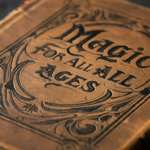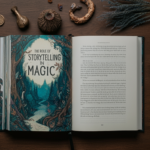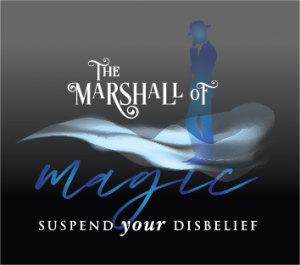Magic has captivated audiences around the globe for centuries, evolving from shrouded mystic rituals to sophisticated stage performances that dazzle and amaze. This article delves into the rich tapestry of magic’s history, tracing the evolution of illusions from ancient times to the digital age, and how artists like Marshall integrate historical techniques into their modern performances.
The Origins of Magic
The journey of magic began in ancient civilizations where magic was often intertwined with religion and the supernatural. Early magicians were regarded as priests or shamans who could communicate with the spiritual world. As time progressed, these mystical practices became public spectacles, laying the groundwork for the magic shows we recognize today.
Renaissance and Beyond: The Flourishing of Stage Magic
During the Renaissance, magic began to emerge as a form of entertainment among the upper classes. By the 18th century, magicians were celebrities in their own right, performing in royal courts across Europe. The 19th century saw the rise of great illusionists like Jean Eugène Robert-Houdin, often called the “Father of Modern Magic.” He transformed magic from a practice associated with street performers to an esteemed theatrical art.
Modern Illusions and Technological Enhancements
The 20th century brought about a revolution in magic with figures like Harry Houdini, who not only mastered traditional illusions but also introduced escapology, thrilling audiences with his daring feats. Today, technological advancements have further transformed magic, with digital effects and virtual reality creating new possibilities for illusions.
Marshall’s Modern Magic
Marshall of Magic brings this storied history to his performances, blending classic tricks with cutting-edge technology. His shows are not just about tricks but about connecting with the audience, telling a story, and creating a sense of wonder.






